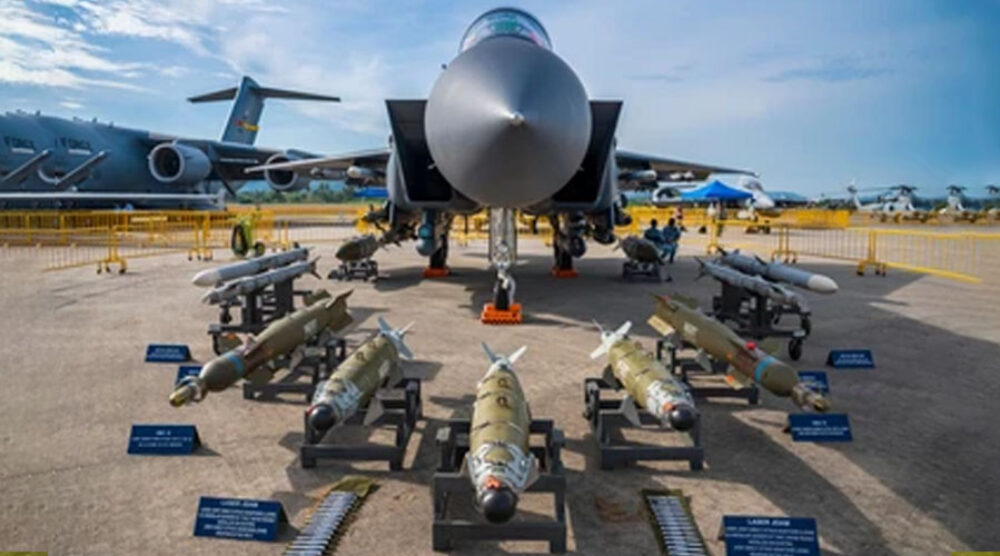TANYA OGILVIE-WHITE AND TANVI KULKARNI |
A global race to acquire sophisticated long-range missiles is underway, despite their destabilizing impact on international security. This is a particularly serious problem in East Asia, where the risks of conflict and conflict escalation are growing, and mechanisms to limit and manage these risks are absent.
The pursuit of security through deterrence, and the temptations of lucrative export markets are proving hard to resist for many decision-makers in East Asia and beyond, but these ambitions could backfire. Robust measures are needed to stem the missile build-up, encourage restraint, and reduce the risk of conflict escalation and war ― including nuclear war.
Anyone who still doubts the existence of a missile race in East Asia either hasn’t been following developments or is in denial. Squabbling over the definition of what officially constitutes an “arms race” has been a distracting pastime for defense officials and analysts over the past few years, but recent developments speak for themselves.
Please click here to read the full “Missile controls in East Asia” article published at Korea Times, written by Griffith Asia Institute adjunct member, Tanya Ogilvie-White, co-authored with Tanvi Kulkarni.








